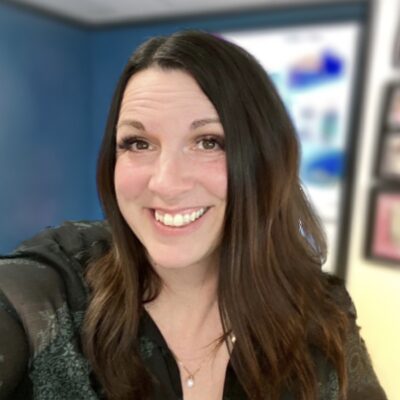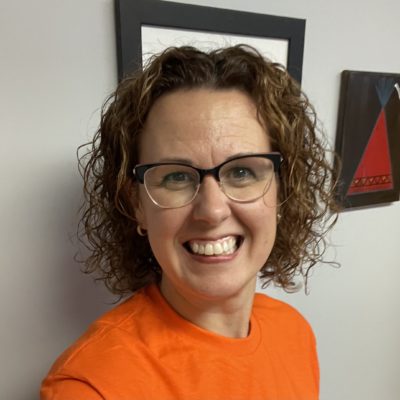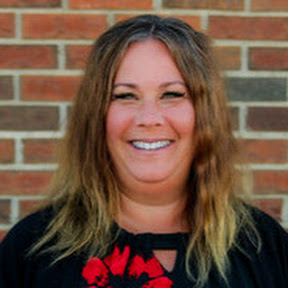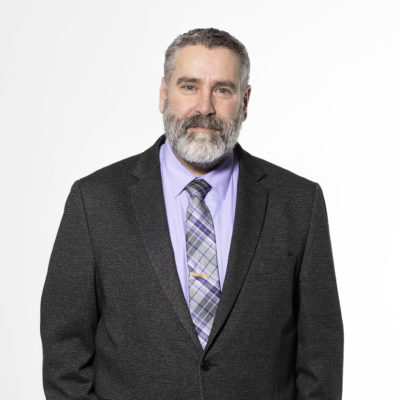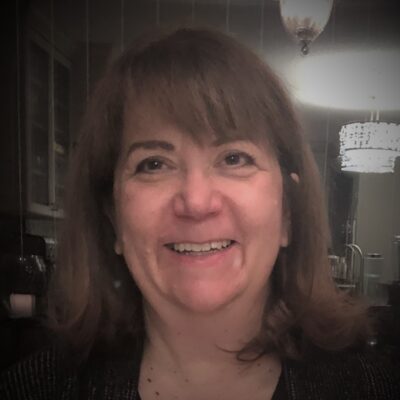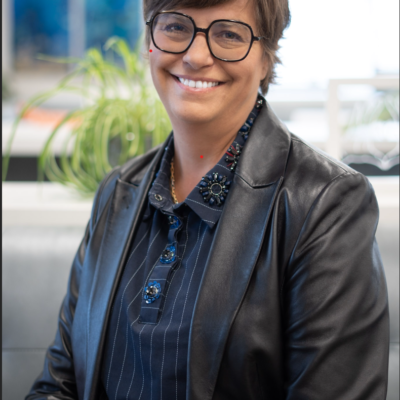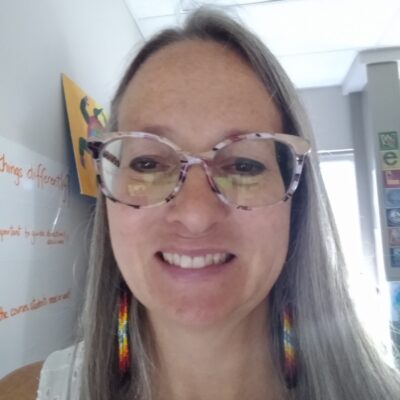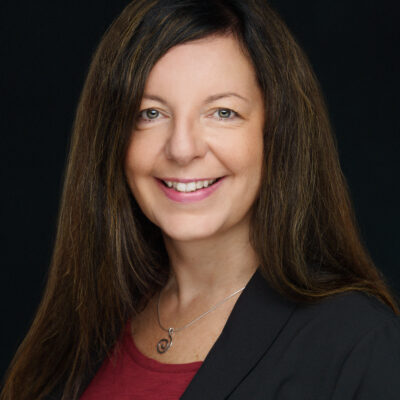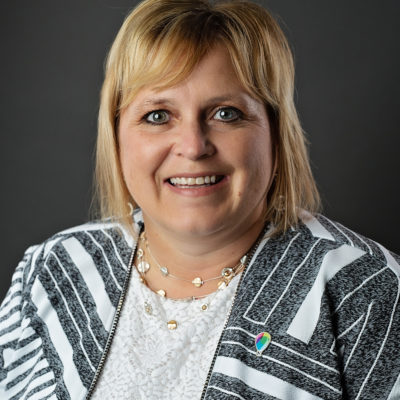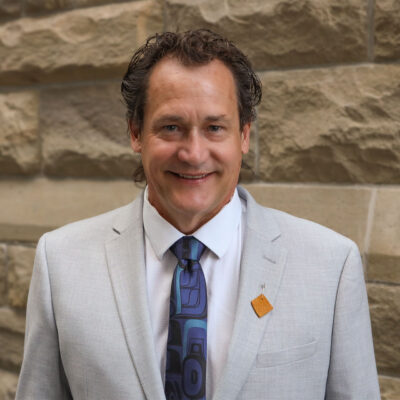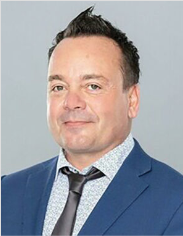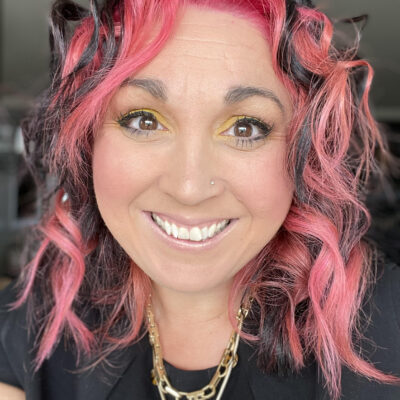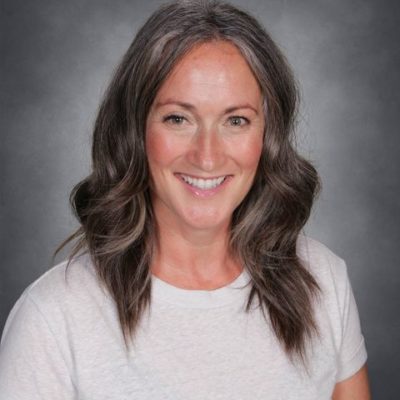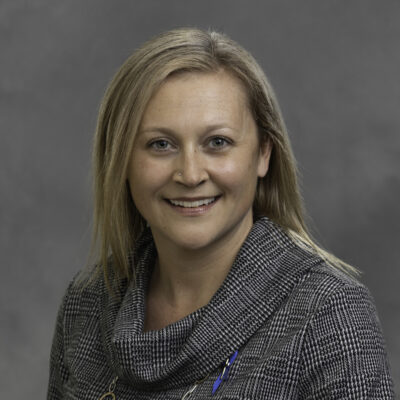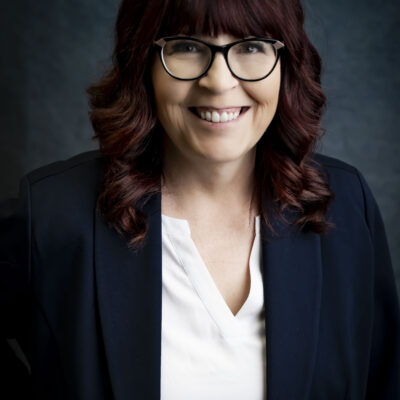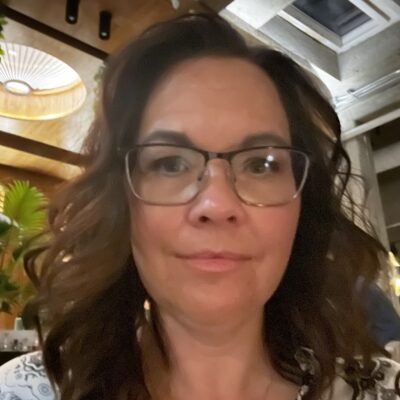Continuum of Supports and Services: Visionary Leadership in Action
About this Project
Tell us your Story
“Being” is the personal effort to understand one’s beliefs, their impact on decisions and behavior, and how those actions affect others’ experiences. Share a story of an experience that impacted your approach to supporting optimum learning for ALL students.
Being means
As a leader, BEING means working directly and indirectly ‘supporting the supporters’ to truly understand how to help the child and their family in a way that best meets their needs in an inclusive environment.
What is Being
“Being” is related to Santiago’s “heart” and knowing what we want for the optimum learning of ALL students.
Come on in and we will figure this out together
As a grade three teacher when Suzie arrived at my class, I welcomed her as I would any child coming to my class. As I began orienting her to the classroom, I quickly realized that Suzie had significant learning and health needs. She did not know her alphabet, numbers or even colors. Yikes…I was thinking, she does not belong in my class – I teach grade three, I didn’t have the skills and knowledge to know what to do.
I believed I would fail as her teacher. I believed that Suzie shouldn’t be included in my grade three class because I believed my job was to teach grade three – I wasn’t trained enough to support her, I couldn’t be a good teacher for her and therefore she didn’t belong with me.
Notice – a couple of things here
1. I had made agreements early on in my life that if I acquired the right skills, I would be good at what I chose to do. This truth, this belief, had become my subconscious belief system that governed my interpretation of the world.
2. When I was faced with receiving this student, I knew I didn’t not have the skills to teach her and when I assessed the situation and concluded that the skills and tools, I had would not solve the problem– the solution or conclusion I came to was she needed to be with someone else that did have the skills. (A perfect example of accessing technical skills to solve an adaptive problem)
NOW – This belief system certainly wasn’t in the best interest of my student. It was a limiting belief – a belief that was getting in the way of me becoming my best self. I was not present for this student. I made her feel like she wasn’t seen or heard. I made her feel like she didn’t belong.
As I reflect on this example, I realize that my “being”, the way I showed up for this student excluded her. If I knew then what I know now about being, I would have welcomed her into my class and knew I would find the support and figure it out.
Lessons in “Being”
I have been fortunate throughout my career to work with amazing students, their families and colleagues that have shaped my values, beliefs and vision for education. Each has taught me a lesson or shaped my “being”. My student who was deaf and blind with profound disabilities taught me to never underestimate the joy of learning when he first achieved turning on a switch that ignited his favourite toy. One of my Directors, who, in the face of many calls for expulsion of a student who had a severe behaviour outburst, worked day and night to ensure he had the necessary interventions and supports. That staff member never giving up resulted in that student walking across the stage on his high school graduation several years later.
Some of the lessons challenge your bias and make you reflect on how we need to continue to grow in our understanding of all learners in our community if we are serious about optimum learning for ALL students. When serving in senior leadership in a school division we had an Indigenous student make a worrisome disclosure. Staff followed appropriate protocol and contacted outside agencies. They assessed that the student needed to be seen as soon as possible. Communication with the students’ mother was difficult as she had no phone and internet on reserve was spotty. Unfortunately, the bus arrived at their home before staff were able to connect with her. She was very worried and rightly so.
The student received necessary care and attention, but this incident triggered some terrible memories for her mother who suffered from intergenerational trauma and her own difficult experiences with outside agencies. She was very angry with us and refused to have her daughter return to school. We knew this was not in the student’s best interest, so we wanted to meet face to face to discuss what happened. I met with Mom and an Elder from her community. It was a difficult meeting, as much as I wanted to reinforce that we were following our district policy and protocol, I knew my role was to listen. I listened to both their stories about childhood trauma and being taken away from families. They shared how this incident made them feel. It was profound and I knew that I needed to continue to grow in my understanding. I apologized and we came up with a plan for further communication and working together for the success of the student.
Lessons learned for me that day – Sometimes our processes and supports do not fit all situations or communities. Perhaps we would make that same decision again if such an incidence arose, but having a deeper understanding of your students and their families helps you plan better support and services to meet their needs. Take nothing for granted – ask questions – be open and curious – keep learning about your context! The success of ALL of your learners depends on that!
Whatever it takes, does make all the difference.
After returning to work from maternity leave, having three sons between 3 – 7 years, I took the position as Classroom Support Teacher in an inner city school. The needs of the students were very high with social factors such as food, clothing, shelter affecting whether the children attended school. Attendance was low, academics were low, counselling referrals were high, referrals to CFS were high, resources were old and I came to the realization just doing more of the same would never meet our students’ needs or help them improve. A core team of teachers with the Principal decided then we needed a very different approach. The required workload was overwhelming but the lack of basic needs for the children was heartbreaking – things needed to change.
As a school team we picked one mission” Whatever it takes” and focused on literacy. Assessment practices became consistent, teachers regrouped their students to ensure gaps were retaught, phonological awareness and phonics instruction were taught until automatic. Additional resources and professional learning was provided for all staff. Everyone worked together or moved on to another school.
Our academic reputation in the School Division was one of the lowest academic standards and there was a belief that our students would never reach the acceptable or above standard in reading and writing. Our students who came from minority populations were not expected to reach typical standards.
It took our Team 3 years of hard work but we started to see changes. At grade 3, 80% of our students reached an acceptable standard in reading and six years later 20% of students at grade 6 reached the standard of excellence. We worked as a team, started pre-kindergarten, a clothing bank, a lunch program and it changed my perspective on my teaching.The focus was not just on teaching but a closer look at what each child needed. If we were going to make a difference, every child deserved the best possible school experience “ whatever it takes”. The needs of every child comes first.
Later, I moved to the Division office as.. Director, Associate and Deputy Superintendent of Inclusive Education, I applied the same principles. Consistent processes, annual evaluations of student progress in their core subjects, analysis of the gaps in service and finally planning for improvement. I met with each school, reviewed files/cases, talked about the successes and the challenges especially for the students who were struggling. ‘Why were they struggling?” Together we planned for improvements to ensure students had the best opportunity for success and made academic progress. Staff learned from the conversations, we worked as a team, trauma informed practices were modeled and inclusive. We met with parents together when needed and worked on a plan that all parties felt that the child was the focus. “ Whatever it takes, does make all the difference”.
Documents
Ideas
System Education Leaders Practice to Support Student Mental Health
System education leaders have a role in supporting student mental health in order to ensure optimum learning for all students. Supporting mental health at the system level includes:
- Promoting positive student mental health throughout the system
- Ensuring resources and supports are in place to build student mental health capacity
- Ensuring structures and processes are in place for early identification and intervention for students with mental health concerns
- Developing partnerships and helping students and their families navigate pathways to access further mental health supports and services
What system education leader practices are necessary to support student mental health in order to ensure optimum learning for all students throughout your school authority?
Total Ideas Submitted: 5
A Systematic Approach to Promoting Student Mental Health.
The education system plays an important role in contributing to enhanced positive mental health in children and youth. Promoting and supporting positive mental health and welcoming, caring, respectful, and safe learning environments is vital to ensuring children and youth are resilient better able to learn, achieve success and build healthy relationships. This is the shared responsibility of parents, educators, community and government. Alberta Education website https://www.alberta.ca/mental-health-in-schools#jumplinks-0
What system education leader practices are necessary to ensure that positive student mental health is being promoted throughout your school authority?
Total Ideas Submitted: 3
Mental Health in Schools – Measuring Impact
The education system plays an important role in contributing to enhanced positive mental health in children and youth. Promoting and supporting positive mental health and welcoming, caring, respectful, and safe learning environments is vital to ensuring children and youth are resilient better able to learn, achieve success and build healthy relationships. This is the shared responsibility of parents, educators, community and government. Alberta Education website https://www.alberta.ca/mental-health-in-schools#jumplinks-0
How will you show that students’ mental health has improved?
What evidence will you use?
Total Ideas Submitted: 16
Mental Health in Schools – Building Capacity
The education system plays an important role in contributing to enhanced positive mental health in children and youth. Promoting and supporting positive mental health and welcoming, caring, respectful, and safe learning environments is vital to ensuring children and youth are resilient better able to learn, achieve success and build healthy relationships. This is the shared responsibility of parents, educators, community and government. Alberta Education website https://www.alberta.ca/mental-health-in-schools#jumplinks-0
What professional learning opportunities are you providing to your teachers and school leaders to support students’ mental health?
Total Ideas Submitted: 23
“Doing” is the ongoing process of implementing plans, gathering evidence, and reflecting on practices to assure students, staff, and the community that learners have access to support and services that meet their needs.
Share your ideas for implementation of plans, gathering of evidence or reflecting on practice that have most supported the impact of your efforts.
Total Ideas Submitted: 2
“Knowing” is designing a flexible continuum of supports and services, with necessary elements and strategies that maximize academic success, wellbeing, and sense of belonging for each learner.
Share your ideas for what elements and strategies can best support optimum learning for all students.





